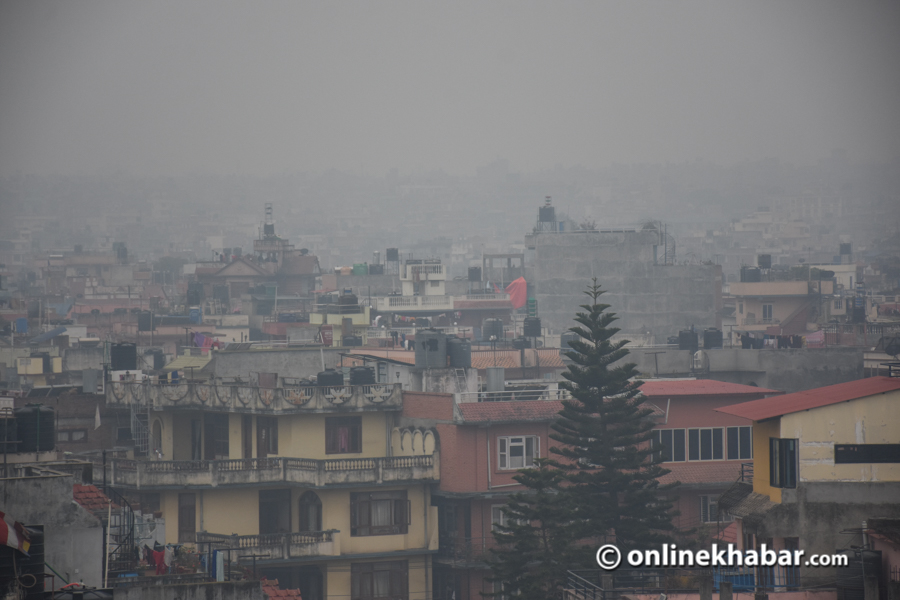
Purna Bahadur Gharti, a 90-year-old farmer from Kanga village in Dhorpatan Municipality-9, Baglung, used to harvest an ample amount of potatoes. In the past, his potato yield would last from one season to the next. However, in recent years, his harvest has declined significantly. According to him, “Bhote Jhar,” also known in some areas as “Jwane Jhar,” has reduced his potato production by nearly half.
“This weed spreads across potato fields, consuming nutrients and depleting the soil,” Gharti explained. “As a result, our potato yield has dropped drastically.”
Kanga village, located at an altitude of 2,850 meters above sea level, primarily depends on potato farming. However, as potato cultivation declines, farmers are seeking alternatives. “The potatoes are now smaller, and the yield is significantly lower. So this year, I planted maize instead,” said Gharti, a retired Indian Army soldier.
Gharti’s youngest son, Tham Prasad Gharti (38), serves as the secretary of Ward No 9 in Dhorpatan Municipality. Having held this position since 2018, he attests to the struggles of local farmers. “Farmers in the village are suffering due to Bhote Jhar,” he stated. “However, we have no effective means to control it.”
Similarly, Ganesh BK (31) from Syalapakhe village, also in Dhorpatan-9, works at Dhorpatan Hunting Reserve while his family primarily engages in agriculture. BK, whose ancestors have lived in the village for four generations, has also witnessed a significant decline in potato production. “Compared to the past, our potato yield has dropped by 30 to 40 per cent,” he said.
Spread of ‘Jwane Jhar’ in Parbat
Kesh Bahadur Regmi from Khurkot, Kusma Municipality-2, Parbat, is another farmer affected by the invasive “Jwane Jhar.” A former chairperson of a local community forest committee, Regmi has yet to find an effective way to eradicate the weed.
“Initially, it was seen in a place called Padamchaur, but over the past six to seven years, it has spread to Khurkot,” he said. “The more we uproot it, the faster it spreads. It consumes all crops.”
According to Regmi, the weed has a severe impact on winter crops. “Winter crops require moisture, but as soon as they receive it, Jwane Jhar grows aggressively,” he said. “It has become a major nuisance for us.”
He also noted that alongside Jwane Jhar, another invasive species called “Neelo Gandhe Jhar” has started affecting farmers in Parbat.
‘Ulta Kanda’ weed devastates livestock in Jhapa
In 2020, Hom Prasad Acharya, a farmer from Ward No 7 of Birtamod Municipality, Jhapa, lost 70 goats in a single incident. A team of veterinarians concluded that the cause of death was “Ulta Kanda” grass.
Professor Bharat Babu Shrestha from Tribhuvan University’s Botany Department, who studied the incident, stated, “The leaves of Ulta Kanda contain toxic chemicals. After investigating cases in Jhapa and Morang, we found that over 250 cattle and more than 500 goats had died from consuming this weed. The actual numbers could be higher.”
A study conducted by Forest Action Nepal, led by Dr Lilanath Sharma, resulted in Ulta Kanda being officially recorded as an invasive species in 2021. The weed closely resembles the touch-me-not plant, causing farmers to mistakenly feed it to their livestock.
“A woman reported severe allergic reactions after coming into contact with Ulta Kanda,” Sharma noted. “She had to bathe with ash-mixed water five times to alleviate the irritation. Our documentation suggests that this invasive species poses a serious threat.”
What are invasive species?
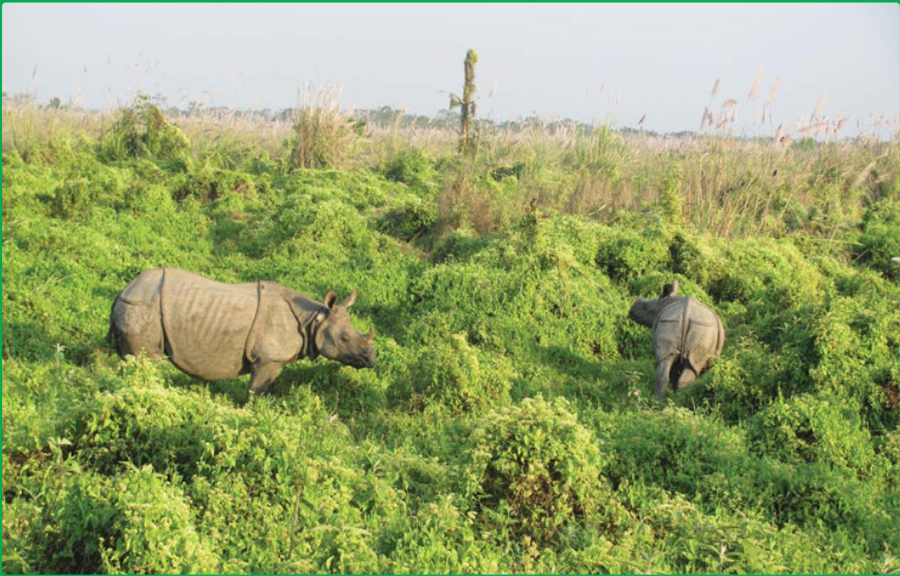
Photo: National Trust for Nature Conservation
According to the International Centre for Integrated Mountain Development (ICIMOD), invasive species refer to non-native plants or animals that are introduced, intentionally or unintentionally, into a new environment where they spread rapidly, causing harm to the economy, environment, and human health.
These species have short life cycles, rapid growth rates, and the ability to spread across large areas. Their high seed production and adaptability enable them to dominate native species.
A publication by Nepal’s Department of Plant Resources states that the first invasive plant species recorded in Nepal was “Karaunte Ghas” in 1820, originating from America. “Seto Banmara” was introduced in 1825.
A 2016 study across 124 countries ranked Nepal third in terms of agricultural risks posed by invasive species, following Mongolia and Guinea-Bissau, with Bangladesh in fourth place.
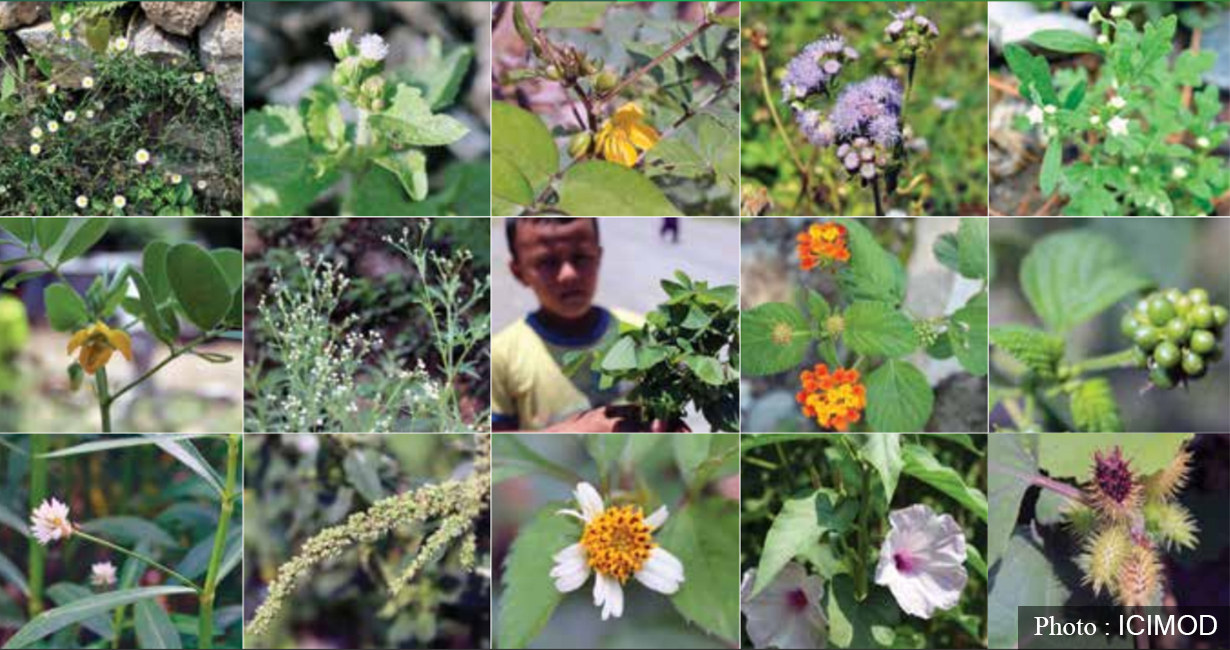
Globally recognised harmful invasive species include:
- Ulta Kanda (Mimosa diplotricha)
- Lahare Banmara (Mikania micrantha)
- Seto Banmara (Chromolaena odorata)
- Kande Banmara (Lantana camara)
- Jalkumbhi (Eichhornia crassipes)
Moderately harmful species include:
- Black Banmara (Ageratina adenophora)
- Neelo Gandhe
- Jalkumbhi
- Patijhar
Other invasive species found in Nepal include Seto Gandhe, Kande Lunde, Thakal, Bhote Kuro, Chitlange, Basaram, Karaunte Ghas, and Lajjawati.
The Department of Plant Resources reports that Seto Gandhe has spread across 52 districts, Seto Banmara across 23 districts, Jalkumbhi across 15, and Banphanda across 34 districts. Invasive plant species are found at elevations ranging from 60 to 3,600 meters, affecting over 70 districts.
Climate change and the expanding threat
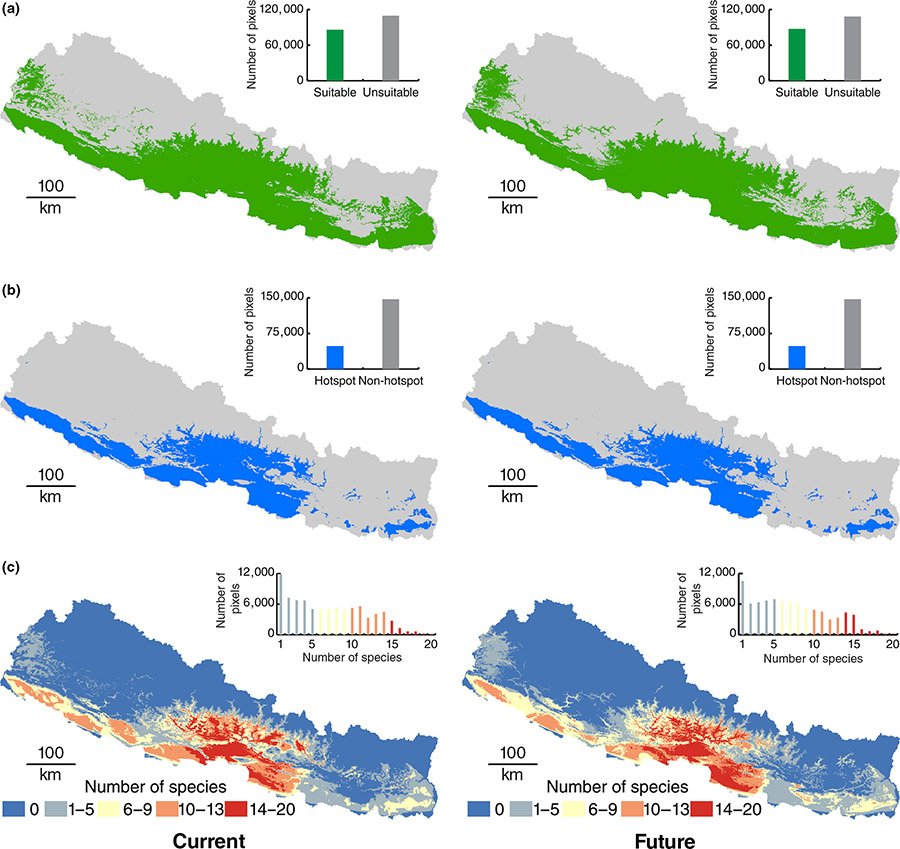
As climate change intensifies, invasive species are expected to spread further. Research by botanist Dr Uttam Babu Shrestha predicts that by 2050, these species could reach elevations above 4,000 meters.
These plants thrive in forests, roadsides, residential areas, religious sites, historical landmarks, open fields, farmlands, parks, wetlands, and riverbanks. Experts warn that they pose serious threats to native biodiversity, wetlands, and agricultural productivity, potentially leading to food insecurity and health hazards.
A study led by Professor Bharat Babu Shrestha and Dr Uttam Babu Shrestha found that invasive species have already infiltrated all 20 of Nepal’s protected areas, covering over 50 per cent of the land in eight of them.
Government response and policy gaps
Dr Ram Krishna Shrestha, Joint Secretary at the Ministry of Agriculture, acknowledged the growing problem. “Invasive species are rendering land barren and encroaching on farmland, increasing the risk of food shortages,” he said. “While the Forest Ministry is actively working on this issue, our ministry has not been significantly involved. Our response has been mostly reactive, and even policymakers have limited knowledge about this crisis.”
The role of human activity
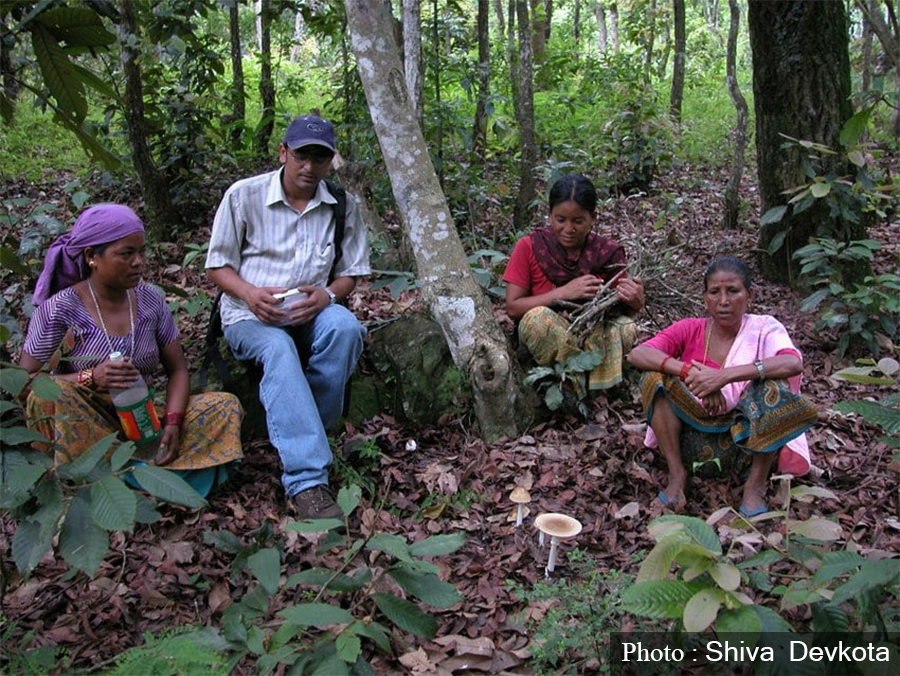
According to Professor Bharat Babu Shrestha, invasive species do not spread on their own but are transported through human activities. “With increased transportation and human movement, these species are being introduced to new areas,” he said. “They spread via vehicles, animal manure, and other means. Their presence is particularly evident in the Terai, Chure, and lower hilly regions.”
His research suggests that invasive species are more prevalent in central Nepal than in Karnali Province. However, during a recent survey, Dr Uttam Babu Shrestha found 21 out of 30 invasive plant species in Karnali.
Many of these species were initially introduced for food or ornamental purposes but later became invasive. For instance, Lantana camara (Banphanda) was originally brought from the USA for garden decoration, but its uncontrolled spread has made it a major problem.
Similarly, “Singapore Daisy” was introduced for ornamental use but has become one of the world’s most harmful invasive species. It was first identified in Nepal’s Kavre district in 2020.
As invasive species continue to spread, experts stress the urgent need for effective policies and control measures to mitigate their impact on Nepal’s agriculture, environment, and marginalised communities.










